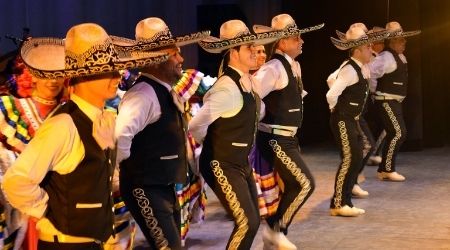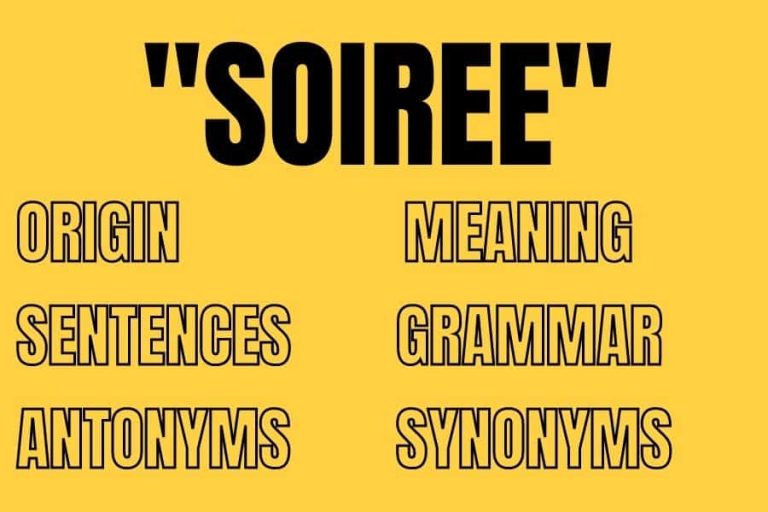Are Romanians and Latinos the same? Most people would probably answer “no, there are some differences” when asked this question.
Obviously, in whatever way you choose to define ‘Latino,’ there will be an insurmountable number of exceptions within any particular group (i.e., one person may identify as both Latino and Romanian because he has Romanian and Mexican heritage, while another person may identify as both Latino and Russian because he lives in the Dominican Republic and was born there to Cuban parents, etc.).
Thus, we must first establish a definition for ‘Latino,’ which will then allow us to answer the question of whether or not Romanians are Latinos.
If you ask most Americans who Latinos are or what they look like, many would respond with some variant of the following: Latinos “typically” have brown skin and dark hair, often wear sombreros, and regularly play mariachi music.
While this common misconception is quite ironic considering these same people probably don’t know any actual Mexican people (other than their four-time-removed great, great grandparents), it’s important to note that Latinos are not homogenous.
Read: Do You Know the Benefits of Meditation for the Body and Mind?
This misconception is also dangerous because it necessitates placing broad generalizations on an ethnic group, which only furthers the idea that all people of color should be treated as foreigners in their own land (i.e., if you’re Latino and your family has been living in the United States since the early 20th century, people will still think you’re a recent immigrant).
When we talk about Latinos , we might just be talking about Mexicans. The term ‘Latino’ is typically used to describe people from several countries – such as Mexico, Cuba, and Guatemala – that are all located in Central America and/or South America (with the exception of Brazil).

There are, however, other Latin American countries that technically could be included under this banner, such as Colombia or Peru. The reason these others nations aren’t included is because they don’t typically fit the stereotypical idea Americans have of who Latinos are.
Additionally, if you define Latinos as Central and South Americans, then there are obviously going to be some people who identify as Latinos but are technically not also Mexican. The most notable example of this is the large population of Puerto Ricans that mainly reside in New York City (estimated at 1 million).
If we use this Latin American definition, then it would be fair to say that Romanians are not Latinos . Not only is Romania located in Eastern Europe (unlike Mexico or Cuba), but it was also never under Spanish rule.
It’s important to note that many people of Romanian descent do actually live in Spain – due to their history as a part of the Austro-Hungarian Empire — but most regard themselves as fully European.
This is significant because most Americans do not consider Europeans to be ‘Latinos.’
Therefore, it is fair to say that Romanians are not Latinos. While this may initially seem like a trivial or even meaningless statement (after all, they’re both just words), it actually has tremendous political implications for the Latino community.
When you assume that all Latinos are Mexican, then you not only ignore the diversity of the Latin American community, but it further stigmatizes Mexicans as violent and dirty.
While these stereotypes aren’t likely to ever go away (and they’re certainly not unique to America), it’s important that we continue to challenge them by asking people who identify as Latino where their family comes from and what they actually look like.
Similarities between Romanians and Latinos
Many Romanian-Americans are Latinos that migrated to the United States.
Both Romanians and Latinos live in California, New York or other states. Some of them speak Spanish because they were born in Latin American countries like Colombia, Cuba, Dominican Republic, Ecuador, El Salvador, Guatemala, Mexico, and Peru.
However, not all Latinos are Romanians.
There are Portuguese-Brazilians, Mexican-Americans and Argentinians in America that do not have Romanian blood running through their veins. There are also other groups willing to join the Romanian immigrant community that have lived in Romania for some time or who visited this country.
Romanian-Americans are often asked if they consider themselves Latinos.
The majority of them say “yes” even though many have never lived in Latin America and their parents speak Romanian not Spanish.
Some people, however, question the similarities between Latinos and Romanians.
Although this article mentions a few differences between these two groups it also points to some common features that connect them as immigrants from Latin-speaking countries.
Romanians and Latinos — two groups of immigrants from Latin-speaking countries.
On the surface, only one group is immediately visible: Latinos. They speak Spanish, have Latino names, and they are all over America! It’s understandable that a Romanian may feel hesitant about claiming his or her Latino identity.
After all, these two groups have very different cultures and histories. However, Romanians and Latinos have more in common than one might think.
In the early 19th century, Romanians left their country to escape from political instability and foreign domination that lasted for centuries under the Ottoman Empire as well as Austrian and Russian domination.
Read: The Surprising Power of Reading as Quoted by Famous Personalities
They chose America because of economic opportunities or as a result of political events like the Crimean War (1853-1856) and the Russo-Turkish War (1877). Some of them were exiled to America by political regimes, while others grew up in Romanian communities abroad.
Romanians joined Latinos who first came to America as settlers or missionaries during Spanish colonization. This is how Romanians became part of the Latino community.
Latino men married Romanian women and their children were raised in Spanish-speaking families. They might not speak the Romanian language fluently but they know how to say “Diavolul” (“the devil”) in Romanian.
Latino immigrants from Romania
Romanians who emigrated to America after WWII are often referred to as “second generation Latinos” or “Latinos from Romania.” They migrated to America and were educated in American schools. Some of them speak only English while others also speak Spanish like their Latino neighbors.
People who emigrated between 1900 and 1940 were referred to as “Romany,” a term used by outsiders to define Romanians who appeared different from the majority population in their country.
Most of the Romanians who emigrated during this period were Gypsies from different parts of Romania. They spoke a different language, practiced a different religion and had customs that were considered strange by the Romanian majority population.
In short, there was no unified Romanian culture in America because Romanians came from various regions and ethnic backgrounds. Some of the early Romanian immigrants did not know each other and they even fought against one another in America. They did not share a common language either because they were from different parts of Romania.
What happened between 1945 and 1989?
After WWII, new people came from Romania to America. This wave included political refugees, intellectuals, scientists and others forced to flee Communist Romania. They were seen as people who would contribute positively to American society and culture not as a burden as done by the United States Immigration Department before WWII.
In other words, they were selected from different social classes by Romanian political regimes that examined their background and were prepared for a new life in America.
Conclusion
I have been reading the comments regarding Latinos and Romanians, and it is very surprising to see how uninformed some people are.
First of all, I am not Romanian nor Latino; however, I can tell you that there is no such thing as a “Latino” culture. Most Spaniards will tell you that they are different from Latin Americans. The Spanish language, food, music, and customs are all different in Spain than they are in Latin America.
Read: 13 Best Books on Positive Affirmations to Read During Hard Times
If you want to compare Latinos with anyone, it would be with the people of the Caribbean (Puerto Ricans, Cubans etc.), Mexico or South America.
The comment about how Latinos want to take over the world reminded me of something my grandmother used to say: “We all think everyone else wants to take over the world, but no one really does.” I think people just like to generalize and pick on Latinos because we are such a huge group of people.
It seems as if many Americans don’t know much about us other than we come from Spanish-speaking countries and we dance Salsa.
Read this article on diffen.com to know the difference between Hispanic and Latino.
I’m not defending Romanians, but I think it’s unfair to judge an entire group of people based on the actions of a few. Most Latinos are good-hearted, hard-working people who want what everybody else wants: happiness and security. So let’s stop judging Latinos as if they were all criminals or prostitutes; most of us are neither one nor the other!
Related Articles:
- Master Self-Discipline: Transform Your Life in 2025 with These Essential Strategies!
- Ebook Design for Children’s Books: Capturing Young Minds Visually
- Expanding on the Value of Professional Fashion Design Services
- Get Custom African American Character Illustrations with Any Hairstyle
- Transform Your Look with Rasaline’s Expert Hairstyle and Fashion Advice






